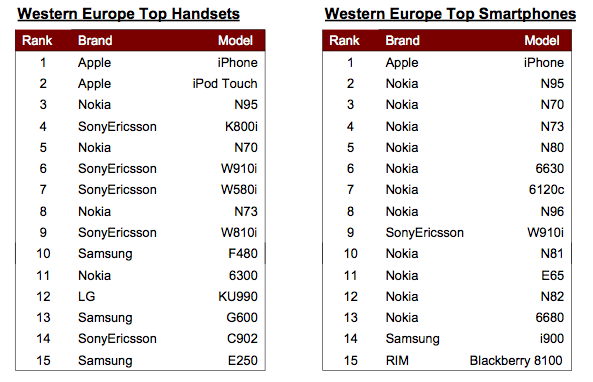Mein Artikel, in welchem ich den technischen Aufbau und den realen Einsatz von Twitter während der letztjährigen ED-Media Konferenz beschreibe, ist nun online verfügbar.
Die Publikation mit dem Titel „Introducing Live Microblogging: How Single Presentations Can Be Enhanced by the Mass “ ist im Journal of Research in Innovative Teaching erschienen.
Abstract:
Web 2.0 technologies pervade our daily life as well as educational settings. A fairly new approach is communication through so called microblogging channels. Mobile devices with Internet access can be used to send short messages from a microblog. Combined with social network environments, applications such as Twitter, Jaiku, Pownce, and Plurk enrich our ways of communication. At Graz University of Technology (TU Graz) some research work has been done to investigate using microblogging tools to improve face-to-face lectures. The study described in this paper took place at a large international conference on e-learning, where a Twitter channel was established for discussion among the participants of the conference and those from outside. This stream was also used to “tweet” (post on Twitter) statements during the keynote presentations. By viewing the tweet-channel via an additional projector, the audience was able to follow the live-blogging session synchronously to the ongoing speech.
Referenz: Ebner, M. (2009), Introducing Live Microblogging: How Single Presentations Can Be Enhanced by the Mass, Journal of Research in Innovative Teaching, 2(1), p. 108-111, ISSN
Artikel als [.pdf]



